
Summer is here, which means longer days, slower evenings, and scorching temperatures. What effect does that have on your brain? There’s a good chance it wants more space and less structure. Why? As a result of the heat, your mood and mind can be affected.
A study published in 2021 also found that cognitive performance fell when the air was 79 degrees. As the temperature rose, parasympathetic nerve activity, which helps keep us calm and relaxed, decreased. Furthermore, blood oxygen saturation was lower at elevated temperatures, which the researchers stated could lead to cognitive decline.
According to another study, workplace productivity is highest at 72 degrees, and this drops off in the mid-70s.
But that’s not all. Extreme heat can also be detrimental to your physical health.
When people run out of electrolytes and get dehydrated, they can experience heat exhaustion. “People with heat exhaustion are awake and talking, but they feel terrible,” said Dr. Caleb Dresser, an emergency department physician at Beth Israel Deaconess Hospital-Needham. “They have nausea, they may be sweaty or feel faint. It’s essential to get them into a cool environment and get rehydrated.”
Furthermore, heat stroke is a life-threatening medical emergency in which every minute counts, Dresser stressed. “Heat stroke happens when the body overheats, which can cause permanent damage to the brain and other internal organs if it’s not treated immediately.”
Does that mean everything has to come to a screeching halt this summer? Not at all. Instead, the summer asks you to adjust. With the Summer Project Pivot, you’ll stay productive and healthy without ignoring the season’s more relaxed, creative rhythm.
In other words, let’s rethink how (and when) you work, rather than forcing yourself into high gear. Rather than grinding you down, let the season guide you.
Why Summer Energy Is Different
Truth be told, summer isn’t inherently designed for relentless, nose-to-the-grindstone intensity. There is a shift in the cultural landscape itself. Vacations beckon, schools are out, colleagues and clients have erratic schedules, and everybody is easing up. Although your to-do list may remain dauntingly long, your drive and capacity to perform at a high level under high pressure may not match its usual level.
If you ignore this shift, you may experience frustration, chronic overwhelm, a sense of guilt for not being at your best, and ultimately, burnout. If you are constantly pushing boulders uphill, you may feel like you are achieving less with more effort. But what if you saw summer, instead of as an obstacle, as a unique opportunity? Rather than battling against the season’s natural flow, what if you learned to focus on goals that align with its unique energy?
The Case for a Summer Pivot: Riding the Annual Wave
The entire year should not be considered a relentless sprint. Instead, as a dynamic wave cycle, each season brings unique energy and purpose.
- Winter. During this time, we plan and prepare for the future. As we move into the new year, it’s a time for reflection, setting intentions, drafting blueprints, and laying the foundation for success.
- Spring. It’s a time for building and launching. Bringing new ideas to life is fueled by the energy of new beginnings.
- Summer. A time for reflection, refinement, and realignment. You’ll also have the opportunity to step back from the intense doing, nurture nascent ideas, review your progress, and adjust your approach accordingly.
- Fall. This is the time for executing and harvesting. As the weather cools, you’re able to focus more on implementation, complete projects quickly, and reap the rewards of earlier efforts.
This perspective suggests that summer is the ideal time to zoom out rather than double down. It’s your chance to step back from daily churn, reassess your trajectory, and nurture the projects that benefit most from long-term thinking, creative exploration, and deep strategizing.
Ultimately, this isn’t about working less. It’s about working differently, with greater harmony.
Step 1: Re-Evaluate Your Current Goals — The Summer Audit
The first step in pivoting effectively is to understand what you’re pivoting from. Review your goals set in January or April for the quarter or for the entire year. Ask yourself these probing questions and put them under the summer microscope;
- Which of these goals still matters to me right now? Priorities can change. Months ago, something might have been crucial, but now it might be less relevant.
- Which ones feel urgent, but upon closer inspection, aren’t that important? Often, summer exposes the difference between genuine urgency and self-imposed pressure.
- Which projects could benefit from more thinking, planning, or creative exploration, and less immediate, frantic doing? You may want to choose tasks that benefit from a slower simmer rather than a rapid boil.
During the summer slowdown, it is possible to identify goals that need rescoping, reprioritization, or even elimination altogether. A task that seemed urgent and must-do in April might not even merit your active attention in July.
Tip: Assign a clear label to each goal on your list, such as;
- “Execute now.” These are the truly critical, high-impact tasks that cannot be delayed. Keep them few and focused.
- “Put on simmer.” In the summer, we can start thinking about these valuable goals and do some research or foundational work, with our full execution for the fall.
- “Drop or defer.” You need to be ruthless here. There are some goals that no longer align, are aspirational yet not essential, or can safely be put off until a later, more appropriate time.
Step 2: Align with Summer-Friendly Projects – Cultivating Deep Work
When you’ve identified what needs to be shed or shifted, it’s time to deliberately choose projects that thrive in a slower, more open-ended environment. Typically, these endeavors benefit from;
- Creative exploration. To thrive and evolve, ideas require a space to flourish.
- Strategic visioning. Taking a long-term view, looking beyond the immediate.
- Deep thinking or learning. Learning new information as well as analyzing it reflectively.
- Relationship-building. Building relationships and conducting informational interviews.
Don’t try to force progress on something like a full-scale product launch, which often requires intense, coordinated effort, during the summer instead. You can explore your next big idea or tighten the foundations of what you’re doing now.
The following are some summer-friendly project ideas that align with this energy;
- Develop a high-level strategy for Q4 and the upcoming year. Take a step back from your daily tasks and take a look at the big picture. Do you have any long-term goals? What are your primary goals?
- Audit and refresh your website, social media presence, or LinkedIn profile to ensure it’s up to date and optimized for success. Often, these tasks are put on the back burner, but they can have a significant influence on your visibility and professional image. Take advantage of the slower pace to polish your digital storefront.
- Take a course or read books in your field of interest. The summer offers a unique opportunity for deep learning, as it allows for focused and uninterrupted time. You can expand your knowledge without the pressure of immediate application.
- Start outlining a book, a new course, or a podcast. Ideation and structuring are essential for long-form creative projects. This foundational work is ideally suited to summer’s expansive energy.
- Interview mentors or peers for long-form content or to generate ideas. Get to know others during this season, so you can gather insights that can be used in future projects. In the summer, people are often more open to these conversations.
Additionally, summer is an ideal time to organize digital files, update outdated workflows, and streamline administrative processes. When the pace picks up again in the fall, these often-neglected tasks will dramatically increase your productivity.
Step 3: Adjust Your Timelines (Without Guilt) — Liberation from Pressure
As a result of embracing the Summer Project Pivot, time is liberated. Don’t feel guilty or panic if you set a major deadline for June back in January, but it’s now mid-July. Take a moment to consider whether that deadline was realistic given the seasonal energy, or if it was a pre-summer assumption based on a faster pace.
This season is your chance to;
- Extend timelines where it makes logical sense. Whenever you can, give a project the time and attention it deserves without feeling as if you’re “falling behind.”
- Space out milestones into smaller, bite-sized check-ins. Aim for micro-milestones that feel achievable in a single, focused session rather than a multi-day effort.
- Re-define success metrics for the summer months. An alternative to “full product launch” might be “detailed product roadmap complete.” During this season, “thinking progress” definitely counts as progress.
You can avoid the all-too-common problem of guilt-fueled, half-hearted progress by creating summer-appropriate timelines. As a result of this insidious cycle, you feel exhausted and inadequate. Instead, you create an environment that allows you to produce high-quality work and enjoy the process.
Example: Rather than “complete full online course buildout by August 1,” an appropriate summer timeline might be “outline core modules, draft initial content for the first two lessons, and test one lesson concept with trusted peers by the end of August.” Although this progress is significant, it aligns with a more expansive, less frantic approach.
Step 4: Embrace a Summer Routine (Not a Schedule) – Fluidity Over Rigidity
While rigid schedules are effective in other seasons, they may clash with the unpredictability of summer. With pop-up social events, spontaneous family outings, or just a desire to enjoy the beautiful weather, sticking to a strict schedule can seem impossible. Instead, develop routines or rhythms that provide you with flexibility while keeping you grounded.
Ask yourself;
- When do I naturally have the most focused energy in summer? Would you consider yourself a morning person who can get deep work done before the heat and distractions set in? Does your creative flow happen in cooler, quieter evenings?
- What’s a realistic weekly commitment for deep work? Rather than daily quotas, think about how many hours of focused work you can realistically commit to in a week.
- What routines genuinely help me reset and recharge? Engage in activities such as walking in nature, reading for pleasure, journaling, or pursuing personal creative endeavors. Breaks aren’t just for break’s sake; they’re essential for sustained energy.
If you want to be more productive during the summer, consider a summer routine like;
- 90-minute morning sprints. Organize your most important tasks first, then allow the rest of the day to flow into creative work, planning, or socializing.
- Three dedicated “work days.” Concentrate on three days of intense work, while leaving the others to light tasks, personal development, or pure leisure.
- Theme days. Monday will be dedicated to administrative and client communication, Tuesday to content creation, Wednesday to strategic planning, and so on. As a result, structure is provided without adhering to strict hourly schedules.
To create a seasonal schedule that truly aligns with your energy levels and the season’s demands, you must not follow an idealized pace as you might think you should.
Step 5: Make Space for Inspiration — Fueling Creativity
The summer isn’t just a slower time of year, but it can also be a time of expansion and inspiration. It’s possible to find ideas in unexpected places thanks to nature’s vibrancy, the possibility of travel, exposure to new art, and rich, unhurried conversations.
Rather than scheduling every single minute of your day with “productivity,” leave intentional space in your calendar for things like;
- You can brainstorm at the beach, by the lake, or in a quiet café. Allow your thoughts to wander without any expectations of immediate results.
- During a stroll, use audio note journaling or walking meetings. Fresh air and movement can unlock different ways of thinking.
- Revisiting past ideas or forgotten projects from a summer perspective. In some cases, distance can provide clarity.
- Get out of your usual content bubble and read something new. Explore fiction, philosophy, or a completely unrelated field to stimulate new connections.
There’s no need to be distracted by these; they’re vital fuel for your creativity and strategic thinking. It’s far more likely that you will discover profound breakthroughs or innovative solutions when you allow your mind to roam a bit, to connect disparate ideas.
Step 6: Set a Re-Pivot Point — Transitioning to Fall
It’s essential to re-pivot as summer naturally fades. Don’t just think about it; plan it in your calendar. It could be the last week of August or the Tuesday following Labor Day. During this designated time, you should;
- Review what you achieved with your summer mindset. Reward strategic shifts, foundational thinking, and deep thinking.
- Assess what has changed in your priorities. Do your fall goals still top your mind, or have you gained new insights from the summer perspective?
- Make a list of what you’re most motivated to accomplish in the crisp, focused energy of fall. By doing this, you can hit the ground running without being held back by inertia.
Consider summer as a bridge between what you’ve done and what’s next, not a frustrating detour, but a highly strategic pause and calibration. This is the time of year to sharpen your axe rather than chop wood frantically.
Final Thoughts: Don’t Fight the Season — Flow With It
Productivity doesn’t have to look the same throughout the year. If you force peak-intensity productivity, you’ll get exhaustion, diminished creativity, and a sense of perpetual inadequacy — especially in a time when reflection, connection, and breathing room are culturally and naturally built into the season.
With this Summer Project Pivot, you are intentional in slowing down, expanding your thinking, cultivating creativity, and planting seeds for what’s ahead. Rather than working against the season, it’s about working with it.
So go ahead and extend the deadline you feel is crushing, refocus on the project you’ve been thinking about, and permit yourself to pivot. Because you chose to go with its natural rhythm, summer could be the most creative, clarifying, and ultimately productive season of your life.
Action Steps to Start Your Summer Pivot Today
- Review your current project list. Don’t be afraid to drop goals or projects that are no longer serving your highest priorities.
- Pick one strategic or creative project. For the next 6–8 weeks, devote yourself to one non-urgent goal that would genuinely benefit from deep thinking and creative exploration.
- Rebuild your weekly workflow. Develop a new routine based on your natural summer energy levels, rather than adhering to a rigid schedule.
- Schedule a re-pivot checkpoint. Plan to formally re-align your goals and energy for the upcoming fall season in late August or early September.
You don’t have to slack off during summer. It’s all about shifting. With intention, you’ll be surprised by the results in the best way.
FAQs
What if my work doesn’t slow down in the summer—can I still do a Summer Project Pivot
Yes!
It’s not about doing less — it’s about doing the right kind of work for the time of year. Incorporate reflection into your weekly routine, extend deadlines when possible, or add more creative time to your work routine. It’s not just about scheduling, it’s about mindset.
How do I know which goals are better suited for summer?
Focus on long-term, creative, and foundational goals. A successful project involves strategy development, brand refinement, ideation, learning, and system optimization. Avoid rushing through a goal or delaying it when it requires constant coordination or high output.
Won’t adjusting my timelines put me behind for the rest of the year?
If you’re intentional, you won’t. Summer pivots can help you return to work in the fall with a renewed sense of priorities and energy. When you refine your vision and tackle foundational or creative tasks now, you will have an easier time executing them later on.
In other words, this is a strategy for the long haul, not a step backward.
How can I stay accountable when summer is filled with distractions?
Being accountable does not necessarily require a rigid schedule. Consider lighter structures, such as weekly check-ins, theme days, or “done lists” of your accomplishments. You can also partner with a friend, coach, or mastermind group for casual accountability throughout the summer.
What if I end the summer and feel like I didn’t accomplish much?
Reframe your achievement definition. Summer is not about volume; it’s about clarity, creativity, and alignment. You can consider the season a success if it helps you clarify your direction, improve a system, or move forward on a big idea. Sometimes, progress occurs below the surface, and summer is an ideal time to strengthen those roots.
Image Credit: RM Exterior; Pexels
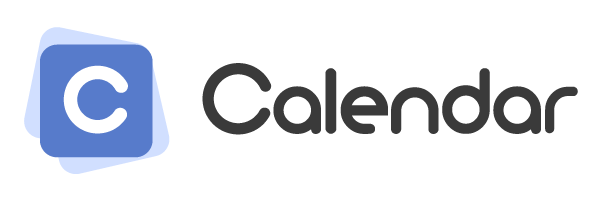
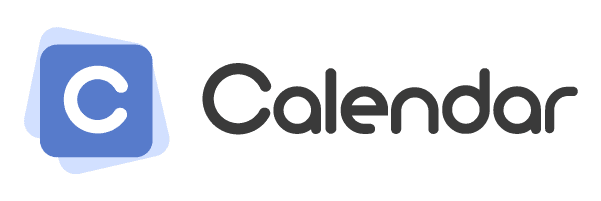
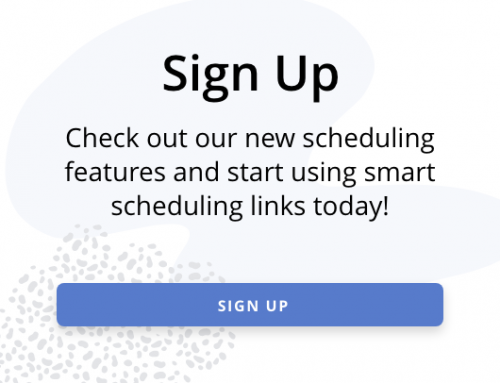




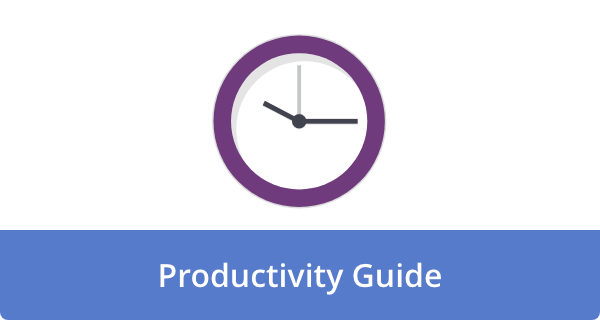
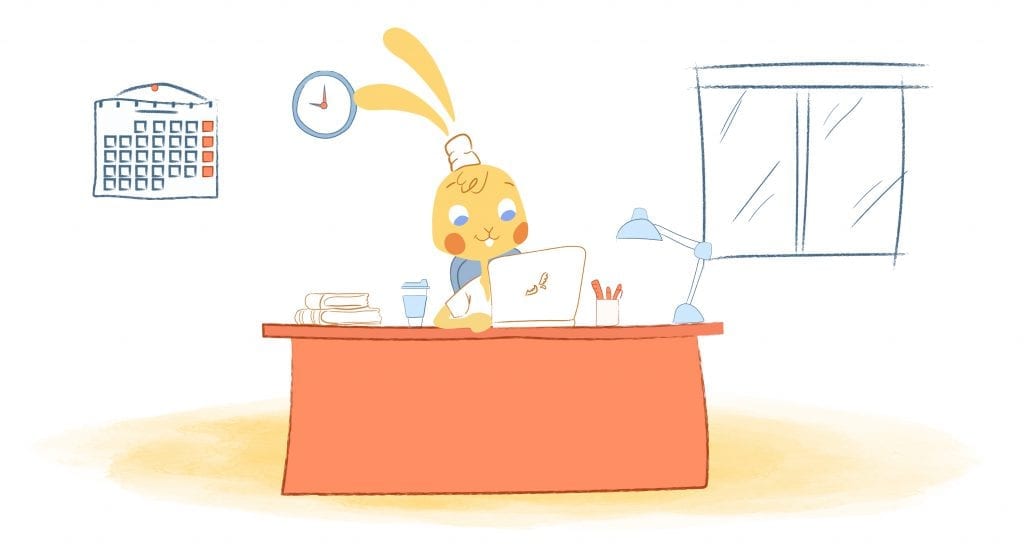
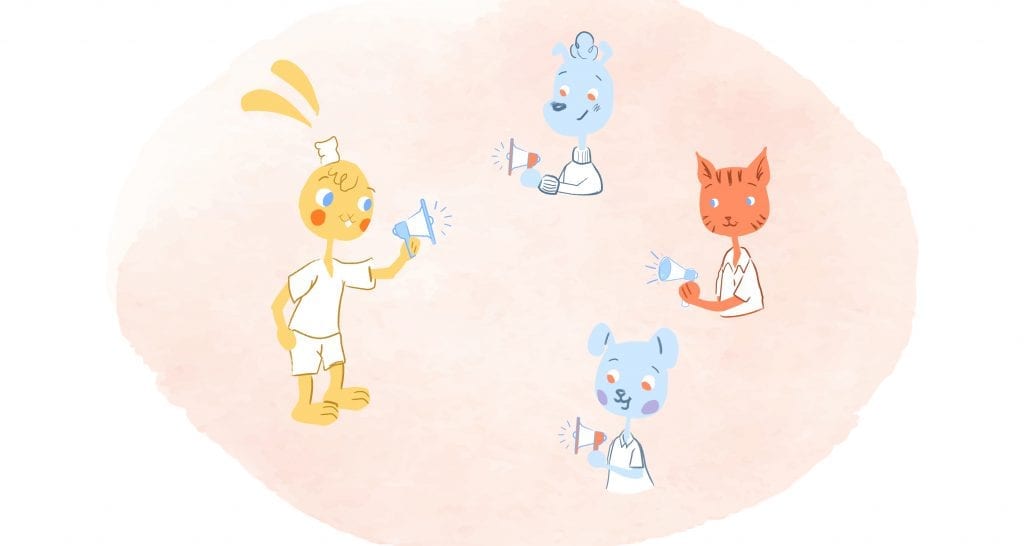

John Rampton
John’s goal in life is to make people’s lives much more productive. Upping productivity allows us to spend more time doing the things we enjoy most. John was recently recognized by Entrepreneur Magazine as being one of the top marketers in the World. John is co-founder of Calendar.